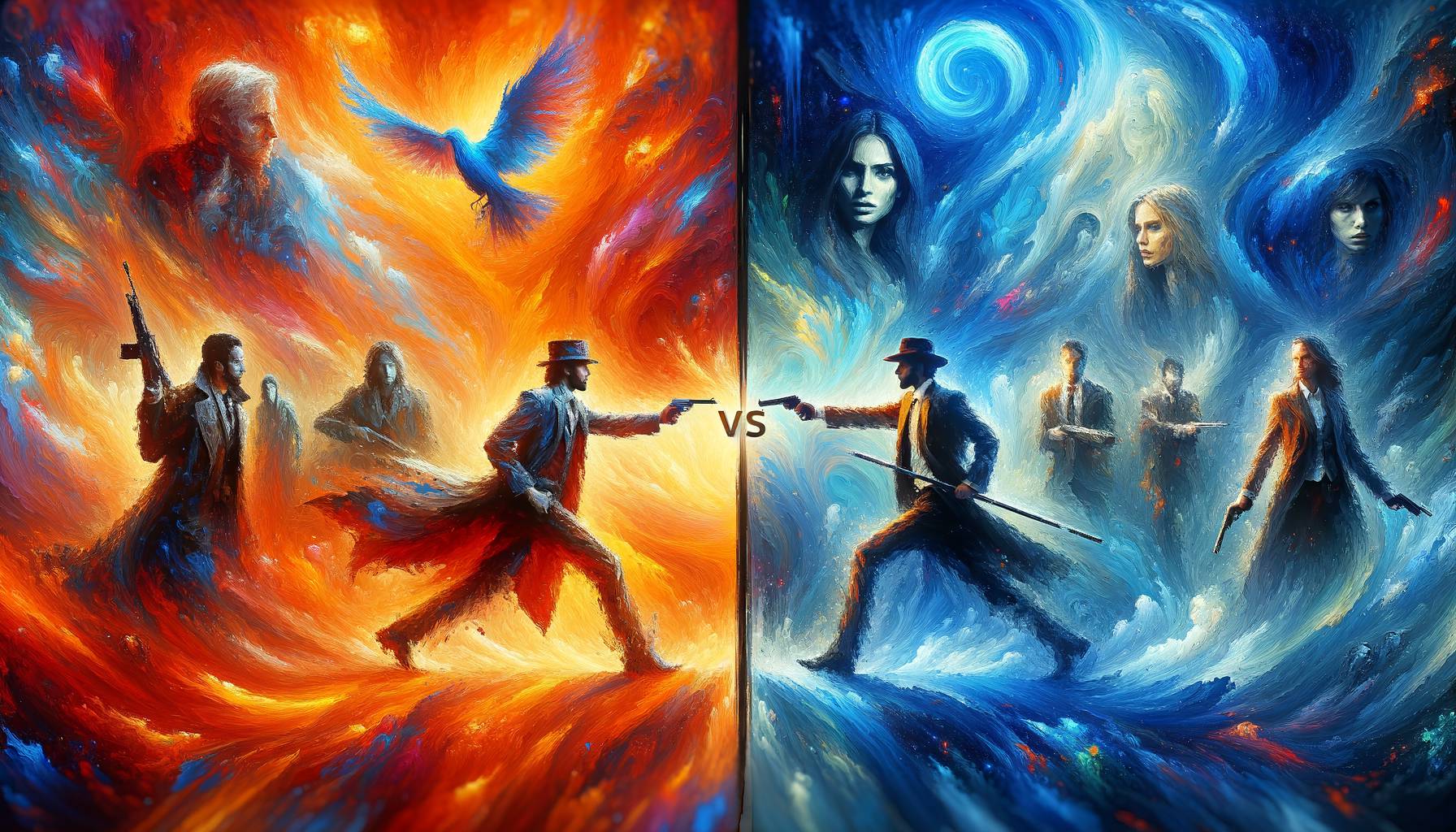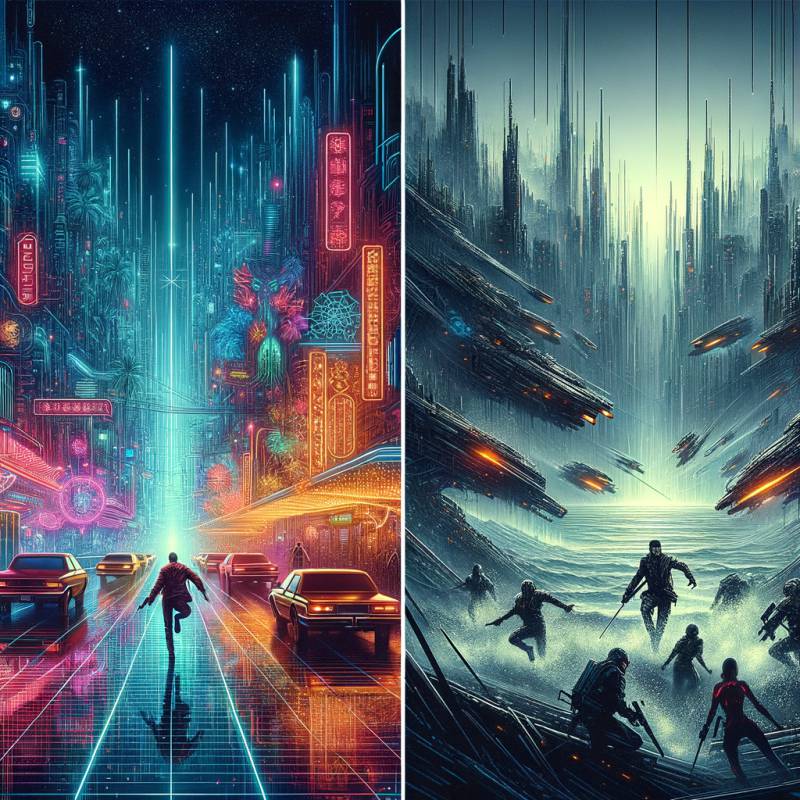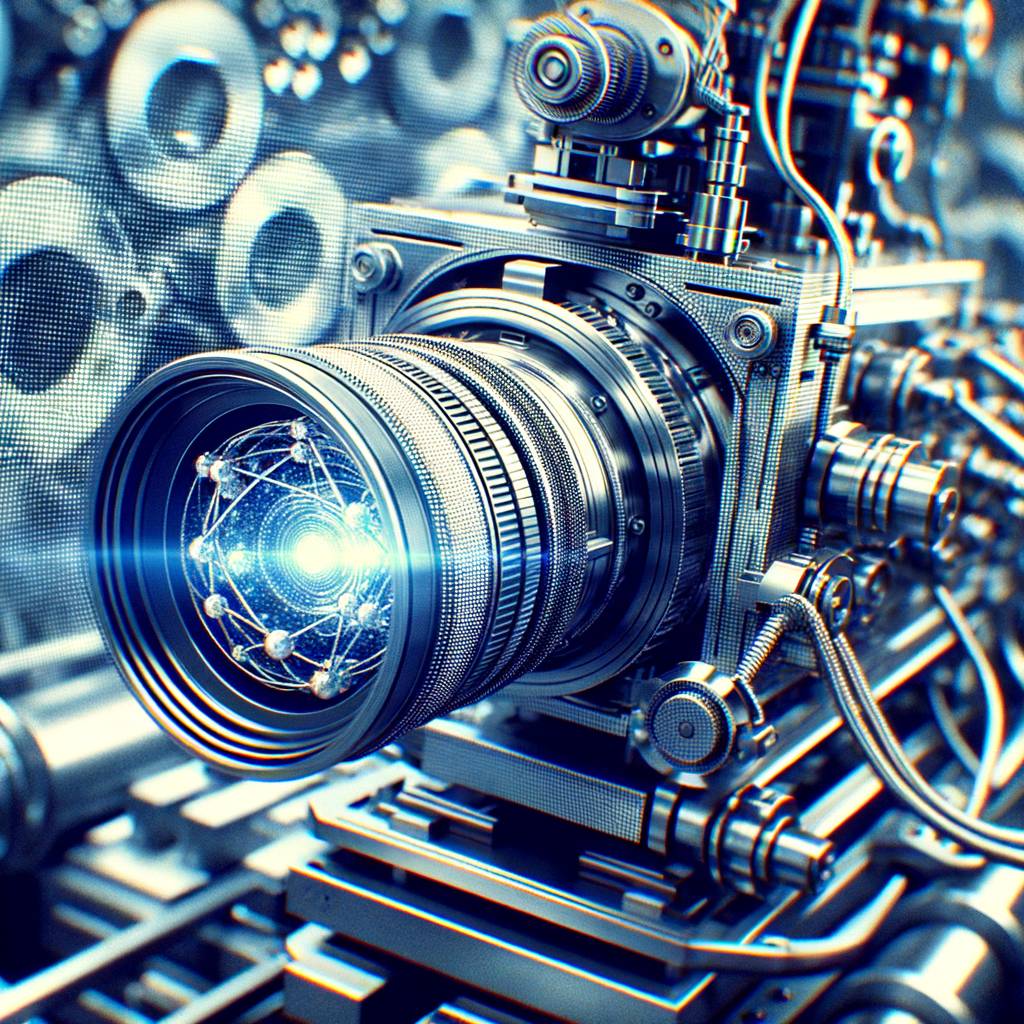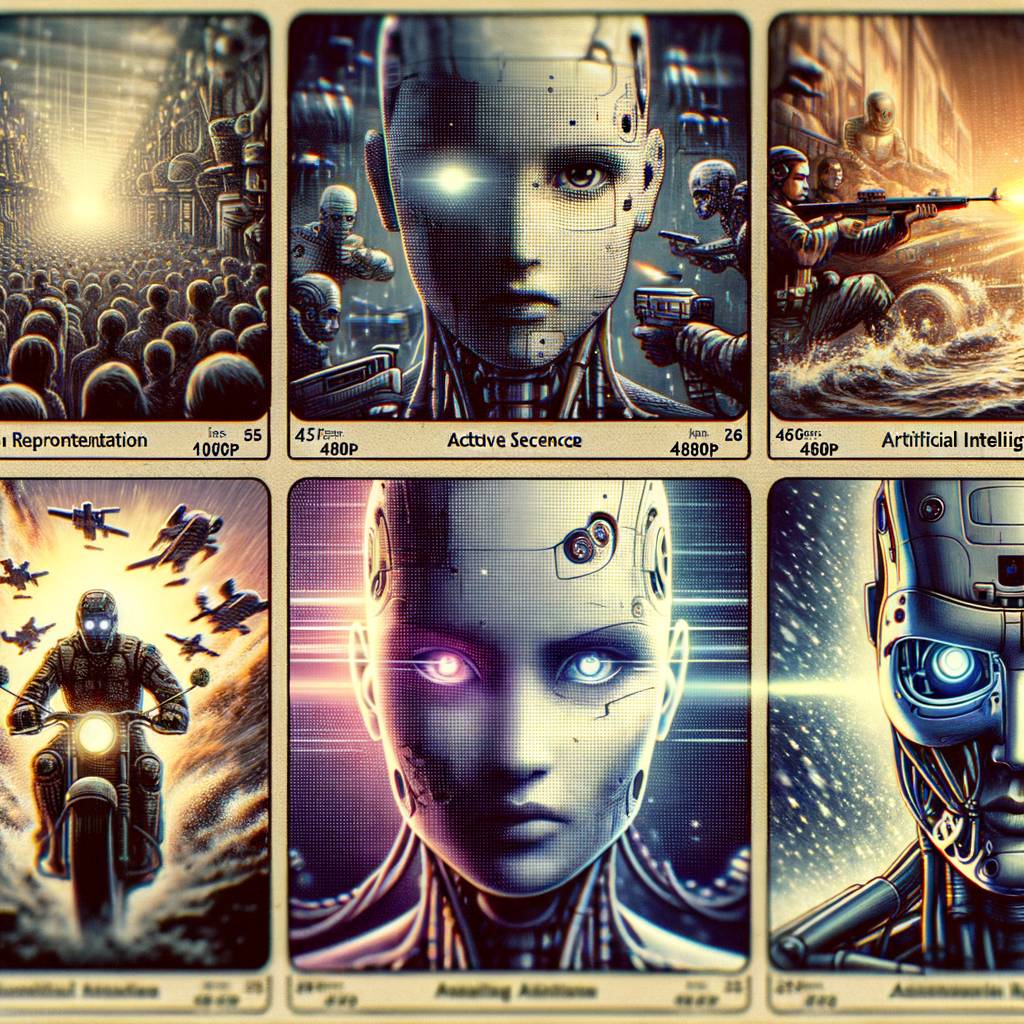Bladerunner vs. Bladerunner 2049: A Comparative Review of Movie Themes

Science fiction has always been a genre that pushes the boundaries of imagination, exploring themes of technology, humanity, and the future. Few films have done this as effectively as Ridley Scott’s 1982 classic, Bladerunner, and its 2017 sequel, Bladerunner 2049, directed by Denis Villeneuve. This article will delve into the themes of both films, comparing and contrasting their approaches to similar subject matter.
Exploring the Theme of Humanity
Both Bladerunner and Bladerunner 2049 grapple with the question of what it means to be human. In the original film, the line between humans and replicants – bioengineered beings virtually indistinguishable from humans – is blurred. As Rutger Hauer’s character, Roy Batty, famously says, “I’ve seen things you people wouldn’t believe.”1 This quote encapsulates the paradox of the replicants’ existence: they are not human, yet they possess experiences and emotions that are profoundly human.
In Bladerunner 2049, this theme is further explored through the character of K, a replicant who begins to question his own identity. The film asks: if a being has memories, emotions, and a sense of self, does it matter if they were born or created?
The Role of Technology
Technology is a central theme in both films, but it is portrayed in different ways. In Bladerunner, technology is shown as a tool for control and exploitation. The Tyrell Corporation creates replicants as slave labor, demonstrating the potential for technology to be used in ways that are ethically questionable.
In contrast, Bladerunner 2049 presents a more nuanced view of technology. While it still shows the potential for exploitation – as seen in the character of Niander Wallace, who seeks to create a new breed of replicants – it also explores the potential for technology to create meaningful connections. This is seen in K’s relationship with Joi, a holographic AI.
Visual Aesthetics and World-Building
Both films are renowned for their stunning visual aesthetics. Bladerunner introduced audiences to a dystopian Los Angeles, filled with towering skyscrapers, neon lights, and perpetual rain. This aesthetic has been hugely influential, shaping the look of many subsequent sci-fi films.
Bladerunner 2049 builds on this aesthetic, introducing new locations such as the desolate wasteland of Las Vegas. The film’s use of color is particularly striking, with the orange hues of the Las Vegas scenes contrasting sharply with the blue tones of Los Angeles.
Conclusion
In conclusion, both Bladerunner and Bladerunner 2049 are masterpieces of science fiction, exploring deep themes of humanity and technology while creating visually stunning worlds. While they approach these themes in different ways, both films offer valuable insights into the potential future of our increasingly technologically-driven society.
As we continue to grapple with questions about AI, bioengineering, and what it means to be human, these films remain as relevant and thought-provoking as ever.
1 Quote from Bladerunner (1982), directed by Ridley Scott.



